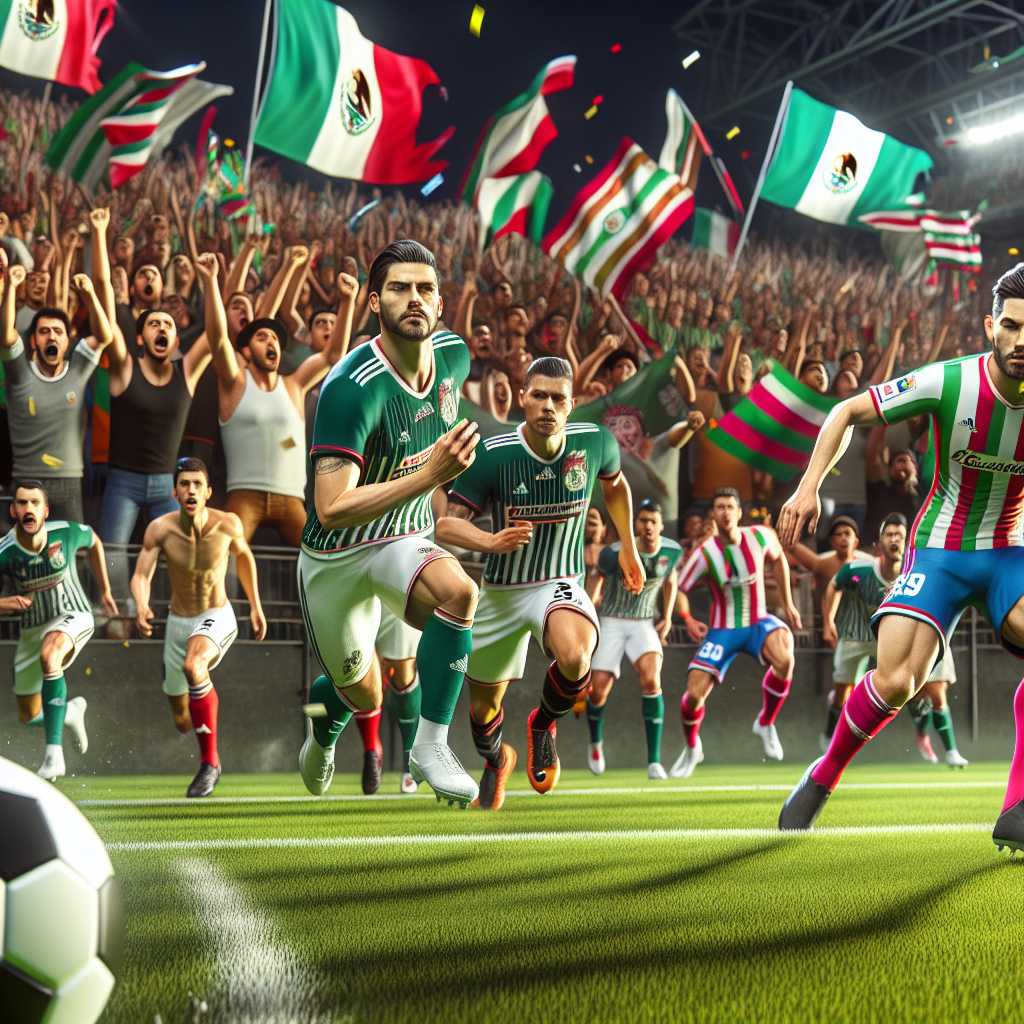A Comprehensive Overview of Liga MX: The Heart of Mexican Football
Introduction to Liga MX
Liga MX is the top level of the Mexican football league system and is widely regarded as the strongest in North America, and one of the strongest in all of Latin America. Established in 1943, it has evolved significantly over the years, with changes in format and governance improving the competitiveness and quality of the game. Liga MX is operated by the Mexican Football Federation and attracts thousands of avid fans week in, week out, making it a crucial part of Mexican culture and sport.
History and Development of Liga MX
The inception of Liga MX, initially known as Primera División de México, represented a pivotal moment in Mexican football, as it transitioned from a regional to a national competition. Throughout the years, the league has undergone several alterations such as the introduction of professionalism, relegation and promotion systems, and embracing technological advancements like VAR (Video Assistant Referee).
In the early years, teams from Mexico City dominated the league but as time went on, clubs from other regions strengthened their squads, showcasing the geographic spread of talent within Mexico. The league’s development had been incessantly pushing Mexican football towards international recognition, which culminated in Club América’s and CD Guadalajara’s continental success.
Format, Teams, and Season Structure
Liga MX operates on a system that deviates from traditional league formats used in European soccer. It consists of 18 teams competing in two tournaments per season – the Apertura (opening) and Clausura (closing). Each tournament has a regular phase where teams play each other in a single round-robin format, followed by a playoff phase called the Liguilla to determine the champion.
During the regular phase, three points for a win and one point for a draw system is applied. The top eight teams progress to Liguilla ensuring that even teams that have a slow start can still compete for the championship if they rally later in the season. Relegation was part of this competition until its suspension in 2020 due to the COVID-19 pandemic’s economic effects on sports.
Cultural Impact and Fan Engagement
Football is more than just a sport in Mexico; it’s intertwined with cultural identity. Liga MX matches are festive, colorful showcases that reflect passionate fandom reminiscent of South American football culture. Stadiums are full of life with music, chants, and dance throughout matchdays.
Fan clubs known as barras bravas add vibrancy but have also been a source of controversy due to instances of violence. Nonetheless, education and social programs created by Liga MX strive to create healthy spaces for fandom to flourish positively. Additionally, fan engagement extends into communities with clubs promoting local events and often acting as pillars within cities and neighborhoods.
International Influence and Player Transfers
Liga MX acts as both a showcase for local talent to move to high-profile European leagues and an attractive destination for international players looking for competitive football, particularly from South America. Notably it has improved foreign relations on a sporting context between countries.
It’s common for standout players in Liga MX to transfer to leagues in Europe. These transfers serve as milestones for how Mexican football matches up on an international level. Simultaneously, foreign players bring different styles and experiences that contribute to raising the caliber of Liga MX.
Economic Aspects and Sponsorships
Beyond entertainment, Liga MX is an important economic activity in Mexico. With sponsorships, broadcasting rights, ticket sales, and merchandise it has become one of Mexico’s most profitable sports enterprises.
Television rights for Liga MX matches are hotly contested owing to their popularity, attracting large sums from broadcasters wishing to show games on TV or stream them online. Sponsorships form commercial partnerships with companies ranging from beverage brands to telecommunications giants that often extend beyond mere logo placements.
Future Prospects for Liga MX
As garnering attention worldwide increases, Liga MX looks set on an expansionary path. Increasingly more matches are being broadcasted abroad which helps with brand placement on a global scale. Developments in youth development programs aiming at grassroots will ensure sustenance of talent coming through ensuring future successes.
Strategic collaborations with other leagues like Major League Soccer (MLS) have rubbed off positively reflecting joint ambitions for North American soccer ahead of World Cup 2026 cohosted by Mexico, USA, and Canada.

